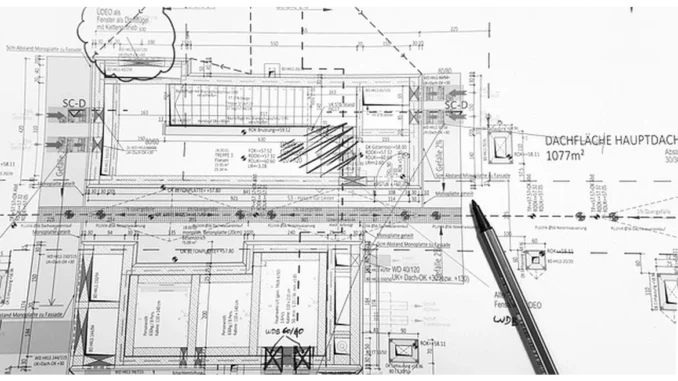
When it comes to building control applications, the process can be daunting for anyone embarking on a construction or renovation project. To demystify the procedure and offer some expert advice, I had the chance to sit down with Emily Lawson, a seasoned architect who has been navigating the intricacies of building regulations for over a decade. Her insights provide a valuable roadmap for anyone considering a building project, whether it’s a new build, an extension, or a major structural alteration.
Focus360 Energy: property compliance services – pre-planning to post-construction. Learn more.
Emily began by explaining the two primary types of building control applications: the Full Plans Application and the Building Notice Application. While both serve the purpose of ensuring that construction work complies with building regulations, they are suited to different types of projects.
“The Full Plans Application is generally the best route for larger projects such as new buildings, extensions, major structural alterations, and loft conversions,” Emily noted. “One of the main advantages is that you receive advice on building regulations at the design stage. This means your plans are more likely to be approved, which can save you a lot of headaches down the line.”
Emily emphasised the importance of this early-stage advice. “When you submit a Full Plans Application, you usually get a detailed report within 15 working days. This report outlines any adjustments that need to be made to comply with regulations. It’s incredibly helpful because it gives you a clear roadmap and reduces the chances of costly delays later on.”
The benefit of receiving formal approval once the proposals meet regulations cannot be overstated. “Builders can work to the approved drawings, which significantly reduces the risk of violating regulations,” Emily explained. “This not only helps avoid delays but also ensures that the project proceeds smoothly, adhering to all necessary standards.”
Emily contrasted this with the Building Notice Application, which is more suited to minor domestic works such as simple structural changes, drainage modifications, garage conversions, and installing new bathrooms or heating appliances. “The Building Notice Application is less formal and doesn’t require detailed drawings when you make the application,” she said. “It’s quicker and more straightforward, but it’s generally not recommended for larger or more complex projects.”
Having worked on numerous projects, Emily shared a few anecdotes to illustrate the importance of choosing the right application type. “I once worked with a client who initially opted for a Building Notice Application for an extensive loft conversion. They thought it would save time and paperwork, but it ended up causing significant delays. The lack of detailed plans meant the builders had to halt work multiple times to seek approvals for various changes. Eventually, we had to switch to a Full Plans Application to get everything back on track.”
Emily’s experience underscores the importance of careful planning and the value of expert advice at the outset of a project. “If you’re undertaking a new build or major renovation, investing the time and effort into a Full Plans Application can save you a lot of trouble in the long run,” she advised. “It may seem like more work upfront, but the detailed feedback and formal approvals are invaluable.”
As our conversation drew to a close, Emily offered some practical tips for anyone preparing to make a building control application. “First and foremost, consult with a qualified architect or building surveyor. They can guide you through the process and help you choose the right application type for your project. Also, don’t underestimate the value of detailed plans. Even if you’re doing minor work, having clear, comprehensive drawings can prevent misunderstandings and ensure the work complies with all regulations.”
She also recommended familiarising yourself with local building regulations and staying organised throughout the process. “Keep all your documentation in order, and don’t hesitate to ask questions if you’re unsure about anything. Building control officers are there to help, and it’s better to seek clarification upfront than to encounter issues later.”
In summary, navigating the maze of building control applications doesn’t have to be overwhelming. With the right guidance and a clear understanding of your project’s needs, you can make informed decisions that pave the way for a successful build. Emily Lawson’s insights provide a valuable starting point for anyone embarking on this journey, highlighting the importance of early-stage advice, detailed planning, and choosing the right application type for your project.
Marcia Snyder


Be the first to comment